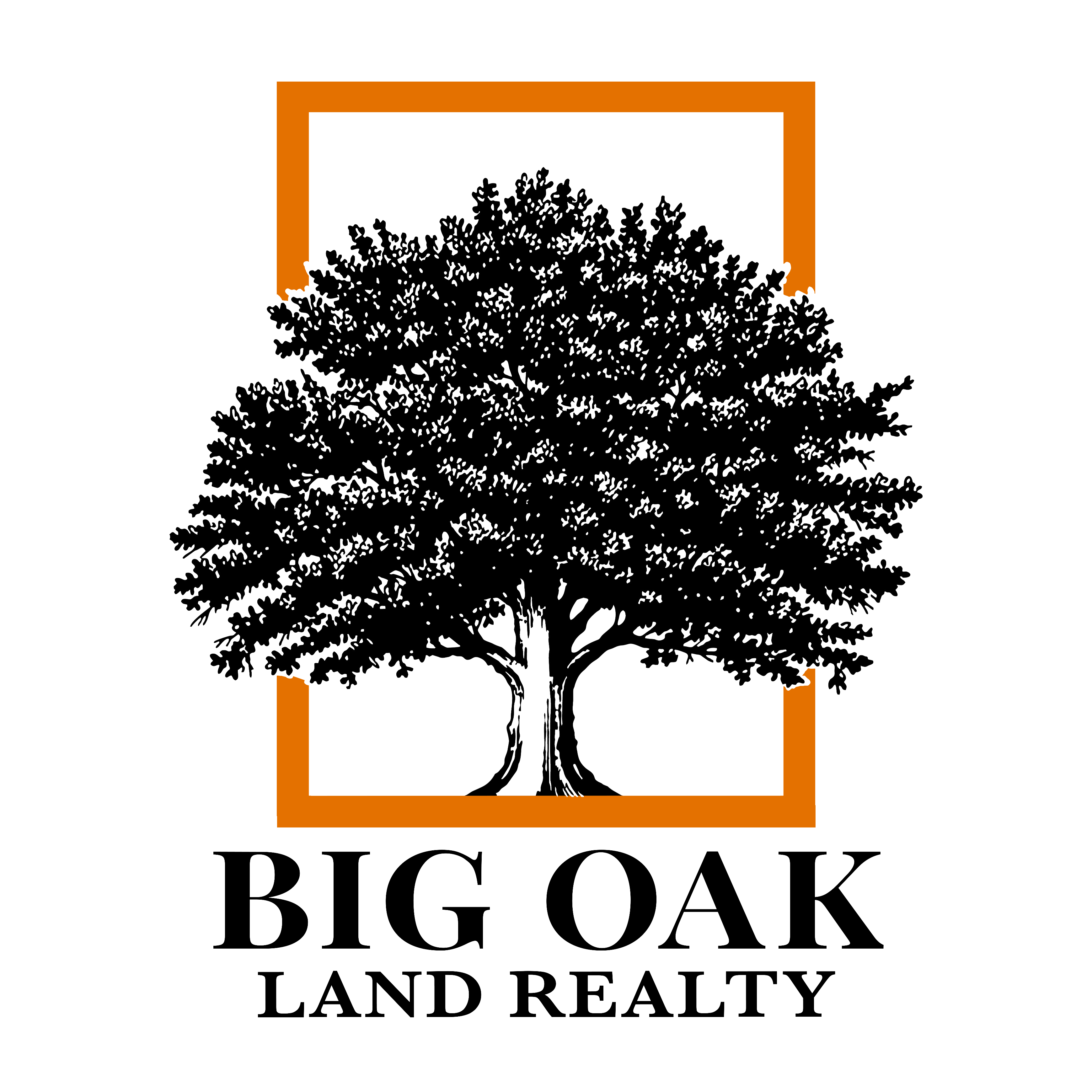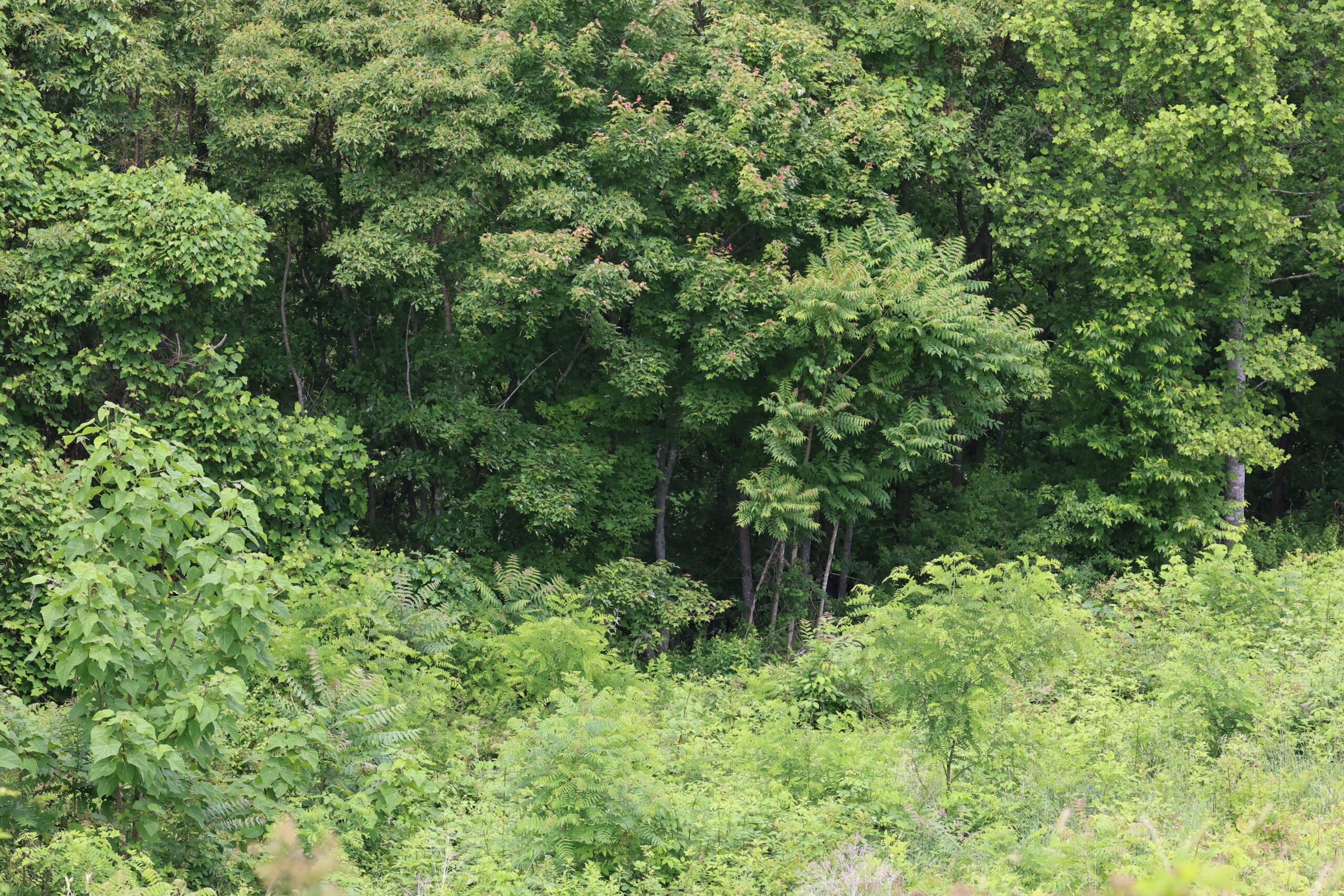Conservation is the essence of preservation. It encompasses many elements, including hunting practices, policies, and disease management. However, habitat maintenance and improvement are paramount for wildlife species. Wildlife thrives within quality habitat. Most species benefit from a mix of different habitat types, including early successional habitat, mature hardwood timber, and more. The focus here is on hardwood timber management practices to attract more wildlife.
What is Hardwood Timber Management?
Hardwood timber management involves various practices aimed at enhancing wildlife habitat. With the right plan, land managers can improve the habitat and the area for wildlife. Here is what you should know.
Understanding Wildlife Habitat Needs
There are numerous aspects of wildlife management from a habitat perspective. Whitetails, for example, need certain conditions to thrive. Without basic needs met, deer numbers will not increase or remain stable, and mature bucks will be scarce.
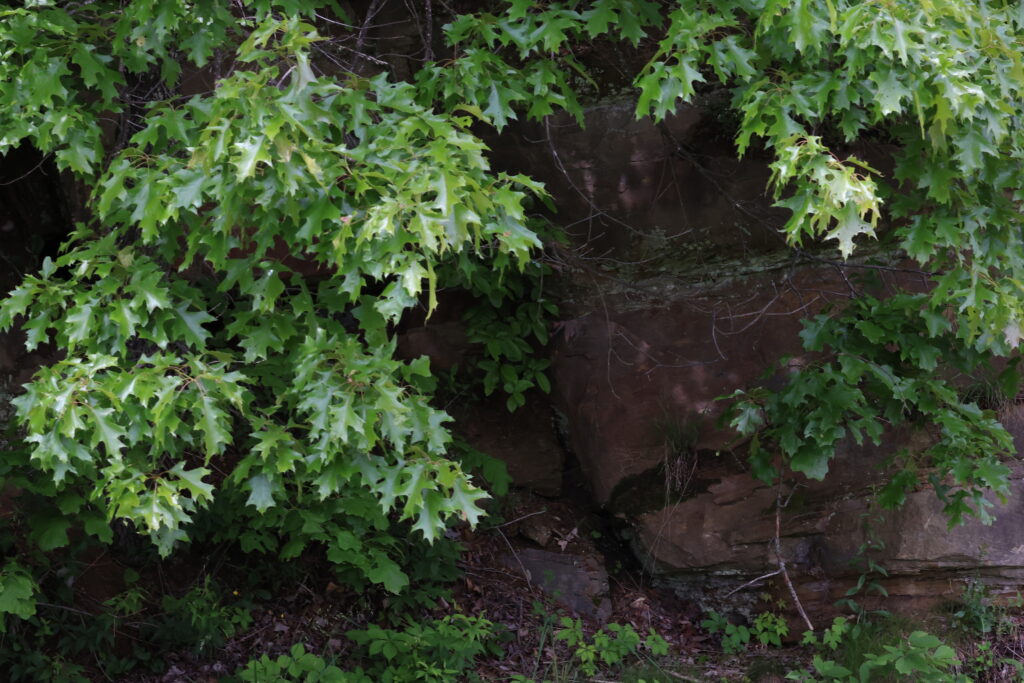
Understand hardwood forestry to improve timber and wildlife management. (Honeycutt Creative photos)
Similarly, populations of other game animals, such as wild turkeys, quail, rabbits, and squirrels, will significantly decline or cease to exist entirely.
Understanding Plant Succession
- Early Succession: Consists of forbs, grasses, legumes, and some brambles.
- Middle Succession: Consists of shrubs and low-level tree growth.
- Late Succession: Consists of mature timber, including dead, hollow, and downed logs.
Certain species benefit most from one or two of these categories. A well-managed wildlife property should offer all three levels of habitat succession.
Key Elements of Wildlife Habitat
The most important aspects of wildlife habitat are food, water, shelter, and space. These are the most basic needs, and it is vital for land managers to maximize what the land offers in each category.
Food
Deer, turkey, rabbits, squirrels, and other wildlife species need food. Deer are concentrate selectors, meaning they eat the best parts of the best plants. They have been known to eat up to 700 different plant species. Managing a property to offer the best nutrition for deer and other wildlife is a great plan for wildlife habitat management.
Water
Water is sometimes the limiting habitat factor, especially in parched areas in the Midwest and Deep South.
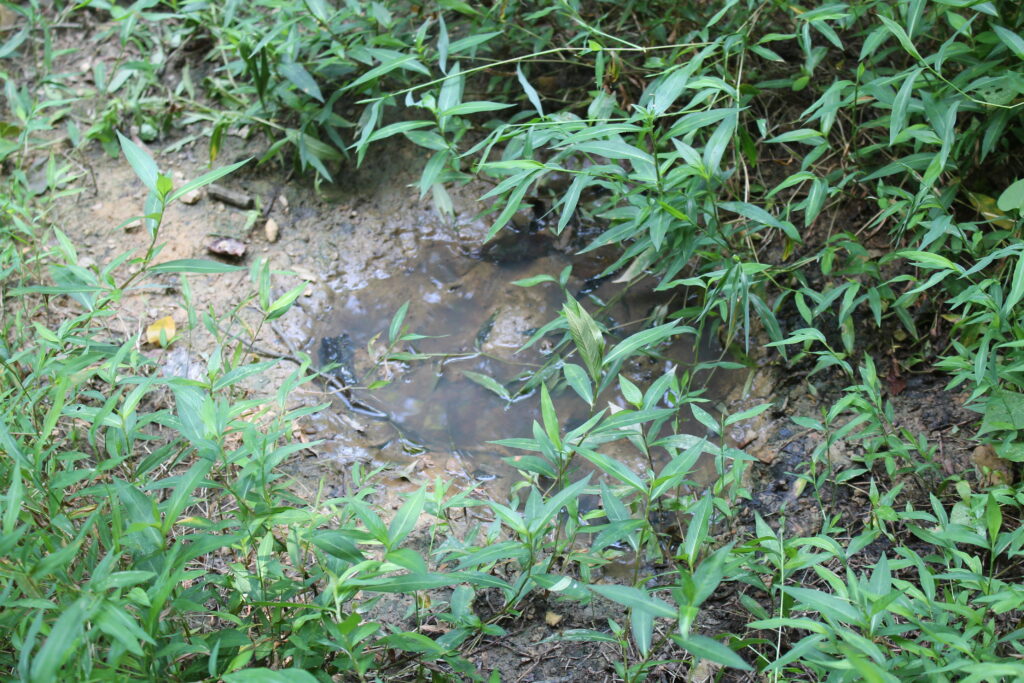
A property should offer early, middle, and late habitat succession. (Honeycutt Creative photos)
Creating water holes or deploying watering troughs can increase access to water, but over time, wildlife might become dependent on these. Ensure these remain filled, especially during droughts.
Shelter
Bedding cover is needed for larger species, such as whitetails. Smaller animals need shelter too. Each wildlife species has different requirements for shelter needs. Some prefer early successional habitat, some need mature timber, and others fall somewhere in between.
Space
Space is not bedding cover or shelter; it is the ability to move about without excessive interactions with others of their kind or other species competing for the same resources. The landscape has a wildlife carrying capacity, and exceeding that number can be detrimental to both animal and plant species.
How Hardwood Timber Management Can Provide These Elements
Proper hardwood timber management can provide most of these elements. However, it is a multi-faceted project. You must select the right hardwood species, create hardwood wildlife habitat, enhance food availability, balance wildlife needs with timber harvesting, and more.
Selecting the Right Hardwood Species
Land managers must promote native hardwood species over non-native plants and trees. While some invasive species can benefit wildlife, they can eventually choke out native species that deer need. Goals and expectations should guide the choice of hardwood species for wildlife habitat.
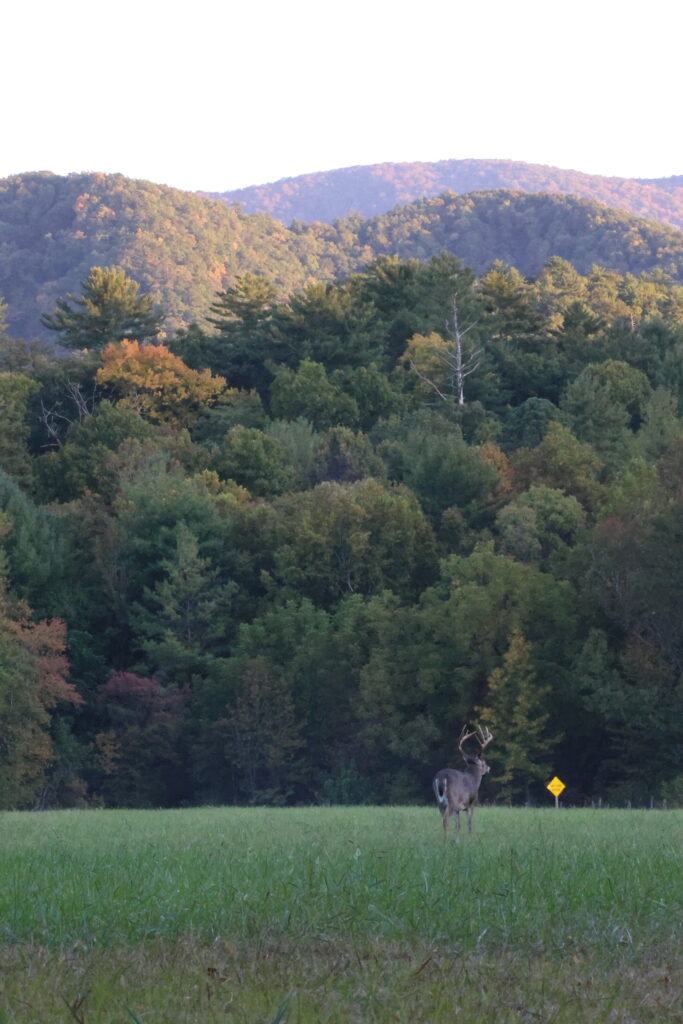
A good timber management plan can improve the wildlife that call it home. (Honeycutt Creative photos)
For example, white oak and red oak acorns are excellent food for deer, turkeys, and squirrels. Hickory nuts are important for squirrels, and mature pines with good roost limbs are key for wild turkeys.
Creating Hardwood Wildlife Habitat
It is crucial to understand the importance of diverse habitat structures. Techniques such as establishing brush piles, hinge-cutting, and removing low-value trees can create the diversity that wildlife needs. These methods allow sunlight to hit the forest floor, thickening the area and providing better bedding cover and more food sources.
Tips for Creating Bedding Cover
- Hinge-cut trees in a strategic design and manner.
- Use the hack-and-squirt method to remove unwanted timber and open the forest canopy.
- Implement controlled burns to improve key areas.
- Thin and cut to create plant diversity within the timber.
Prescribed fire, done safely and professionally, can benefit this effort by resetting the flora biological clock, removing unwanted native species, and destroying invasive plants.
Enhancing Food Availability
Managing mast-producing trees and shrubs can enhance food availability for wildlife. Tasks include pruning fruit trees, removing competition around good mast trees, and planting new mast trees in key locations.
Balancing Wildlife Needs with Timber Harvesting
Managing hardwoods for marketable timber and wildlife can conflict, but it is possible to blend these efforts to a degree. This requires specific practices and understanding when integrating timber harvest operations with wildlife habitat management.
Key Timber Stand Improvement (TSI) Techniques
- Cut trees that are of no value to wildlife and your management goals.
- Eliminate invasive, non-native plant and tree species.
- Remove trees that are unlikely to survive much longer.
- Harvest large-canopied timber that is ready for market.
Assessing Your Management Progress
It is important to assess your timber management progress. Use strategies for hardwood timber management that allow you to monitor results. Conduct wildlife population surveys to gauge the changes in wildlife species numbers.
Final Thoughts: Attract More Wildlife with Your Hardwood Timber Management
It is possible to attract more wildlife by using sound hardwood timber management practices. Keep the above in mind, and you are more likely to see more and better flora and fauna on your land in the coming years.
